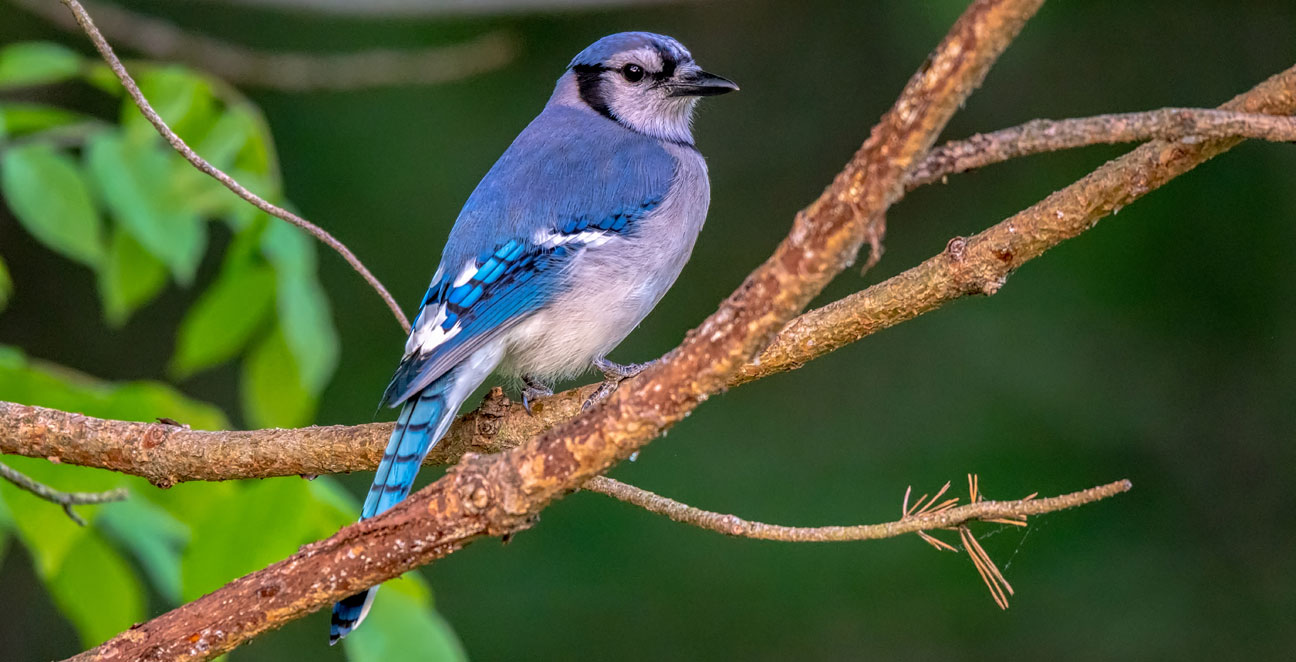
Cooper's Hawk
Scientific Name:
Astur cooperii
Length:
Male 14.6-15.3 in (37-39 cm) - Female 16.5-17.7 in (42-45 cm)
Weight:
Male 7.8-14.5 oz (220-410 g) - Female 11.6-24.0 oz (330-680 g)
Wingspan:
Male 24.4-35.4 in (62-90 cm) - Female 29.5-35.4 in (75-90 cm)
Nest:
This species builds a bulky platform nest, and average larger in the eastern part of the range than in the west, perhaps in keeping with the eastern hawks' larger average body sizes. While sticks are almost always used, one unusual Florida nest was observed to be made largely of Spanish moss. Often nests are lined with bark or odd bits of greenery.
Eggs:
3-5, sometimes 1-7. Pale bluish-white. Incubation is mostly by female, usually 34-36 days. Male brings food to female, and then incubates for a few minutes while female is eating.
Feeding Behavior:
Usually hunts by stealth, moving from perch to perch in dense cover, listening and watching, then putting on a burst of speed to overtake prey of birds and small mammals. Feeds mainly on medium-sized birds, in the size range of robins, jays, flickers, also on larger and smaller birds. Also eats many small mammals, such as chipmunks, tree squirrels, ground squirrels, mice, bats. Sometimes eats reptiles, insects.
Young:
Female broods young during first 2 weeks after they hatch; male brings food, gives it to female at perch near nest, and she feeds it to young. Young may climb about in nest tree after about 4 weeks, can fly at about 4-5 weeks.
Range:
Their range extends from southern Canada to northern Mexico. In southern Canada, they breed in the southerly parts of the provinces of British Columbia, Alberta, Saskatchewan, Manitoba, Ontario, Quebec to extreme southwestern Nova Scotia. They live almost throughout the contiguous United States, excepting some parts of the southern Great Plains, as well as perhaps a bit of northwestern Maine and northernmost Montana.
Brief Description:
Their eyes tend to be set well forward in the sides of the relatively large and squarish-looking head and a relatively short but robust bill. They may be a solid blue-gray or brown-gray color above. Adults usually have a well-defined crown of blackish-brown feathers above a paler nape and hindneck offset against their streaked rufous cheeks. Their tail is blue-gray on top and pale underneath, barred with three black bands in a rather even pattern and ending in a rather conspicuous white tip.